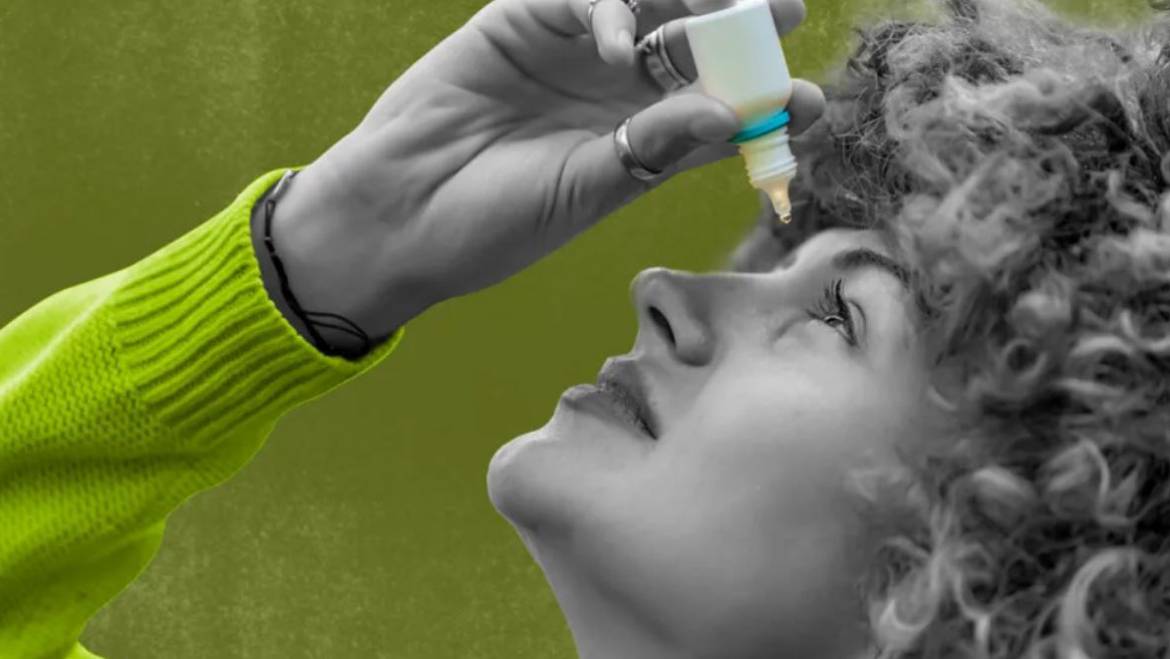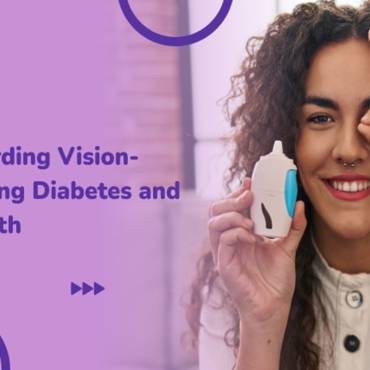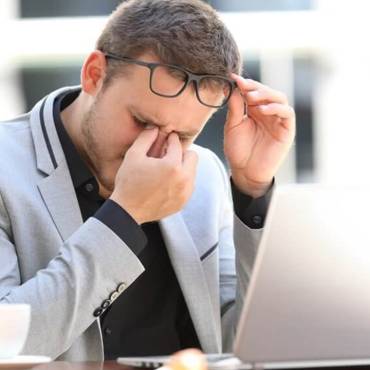What is Dry Eye?
Dry eye disease is a common ocular problem affecting many people worldwide, reducing the quality of life and impacting daily activities. How to care for dry eyes? In most cases, lubricating eye drops for dry eyes are prescribed. Artificial tears can be used to treat chronic dry eyes. You can buy eye care products online at the best price.
The aim for treating dry eye disease include:
- Reducing or alleviating signs of dry eye
- Preventing structural damage
- Improving visual function
Patients with dry eye symptoms often may have contributory factors. It is important to treat any causative factors that are more likely to bring dry eye symptoms. What causes dry eyes? Well, various factors cause and worsen the symptoms of dry eyes. Certain systemic disease affects tear production, and the use of systemic medications and eye surgeries can worsen dry eyes. Also, prolonged visual activities have been shown to stress the ocular surface.
Management & Prevention
If you experience dry eyes, pay attention to the situation that may be more likely to cause your condition. Then you must find ways to avoid those situations to prevent dry eye symptoms. For example:
- Do not direct hair dryers, air conditioning, car heaters, or fans towards your eyes.
- Use a humidifier to add moisture to dry indoor air.
- Wear sunglasses or other protective eyewear to block wind and dry air. Ask for safety shields where you buy sunglasses.
- Be sure to take periodic breaks while doing tasks that require visual concentration. Close your eyes for a few seconds. Blink repeatedly to help spread your tears evenly over your eyes.
- Certain environmental conditions may also contribute to dry eye conditions. When spending time at high altitudes, in desert areas, and in airplanes where the air can be extremely dry, it may be helpful to frequently close your eyes for a few minutes to decrease the evaporation of your tears.
- Shift your computer screen below your eye level. If your computer screen is above your eye level, you will have to open your eyes wider to view the screen. Placing the screen below your eye level will not make you open your eyes as wide. This slows down the evaporation of tears each time you blink.
- Avoid smoking; if you smoke, discuss with your health care specialist about quitting smoking strategies that are most likely to work for you. Also, stay away from people who smoke. Smoke can worsen your dry eye symptoms.
- Artificial tears can be used to treat dry eye conditions. You may use eye drops to keep your eyes well-lubricated.
For Mild Dry Eye
Factors responsible for worsening the condition need to be eliminated:
- Long-term use of antihistamines, beta-blockers, antidepressants, diuretics, etc.
- Cigarette smoking and second-hand smoke may be associated with the dry eye because of their adverse effects on the lipid layer of the tear film and tear proteins.
- Environmental factors such as low humidity can also affect
- Patients with suggestive symptoms may be given artificial tears when other potential causes of eye irritation have been eliminated.
- Health care experts include lowering the computer screen to below the eye screen, scheduling regular breaks, and increasing blink frequency to decrease the discomfort associated with a computer screen and reading activities.
- Ophthalmologists may prescribe gels and ointments to treat dry eye symptoms.
- Increase use of artificial tears as needed, but recommend frequent tear installation depending on the lifestyle of a patient
- Non-preserved tear substitutes may be preferred; however, your health care specialist may recommend tears with preservatives for patients with mild dry eye
- Non-preserved tears should be given when tear substitutes are frequently and chronically used
For Treatment of Moderate Dry Eye Disease
- Topical corticosteroid therapy can be used at frequent intervals for a short period to suppress ocular inflammation.
- Patients prescribed corticosteroids should be monitored for dry eye for adverse effects such as increased intraocular pressure (IOP) and cataract formation.
- Omega 3 supplements should not be used continuously as there is no evidence of efficacy.
- Non-invasive therapies like eyeglass shields and moisture chambers.
For Treatment of Severe Dry Eye Disease
Ophthalmologists may recommend hydroxypropyl cellulose eye drops, gels, and emulsions are frequently used for moderate to severe dry eye disease. Punctal occlusion (a mechanical therapy in which the tear drainage system is blocked to support the preservation of natural tears on the ocular surface) may be used in patients who cannot use frequent artificial tears.
Conclusion
Other treatments may be used. Please consult your ophthalmologist for more information. One should see the ophthalmologist if you have had prolonged signs and symptoms of dry eyes, including irritated, tired, or painful eyes. Your ophthalmologist can take steps to determine what’s actually bothering you and will prescribe treatment accordingly.



